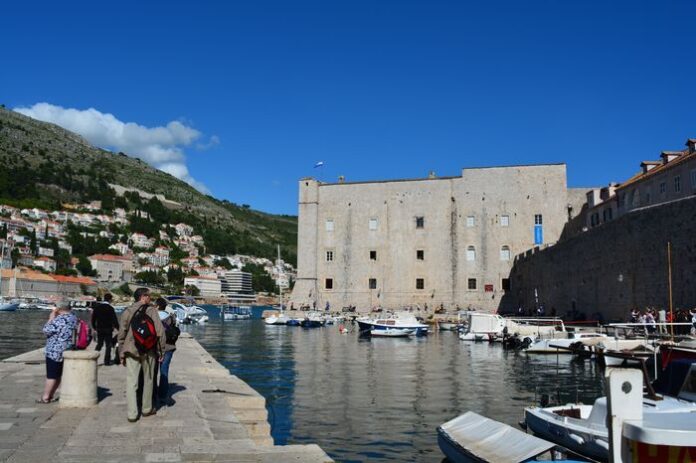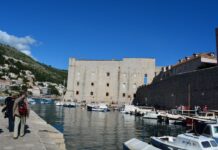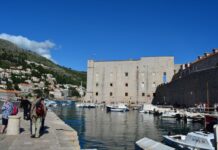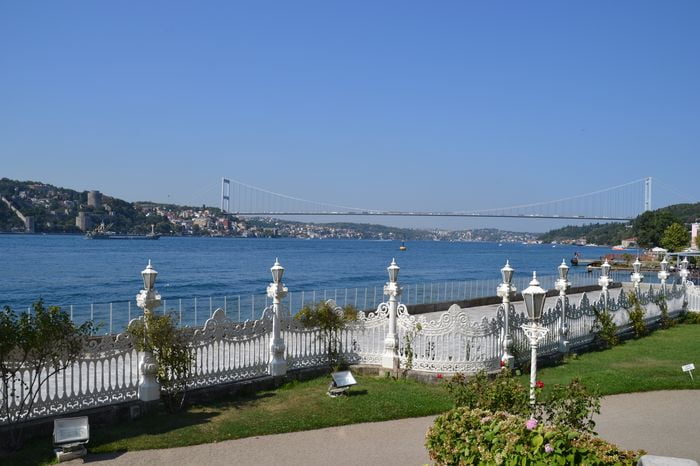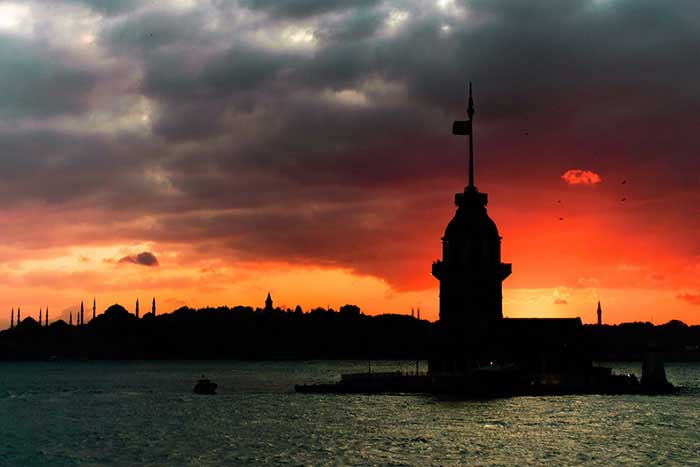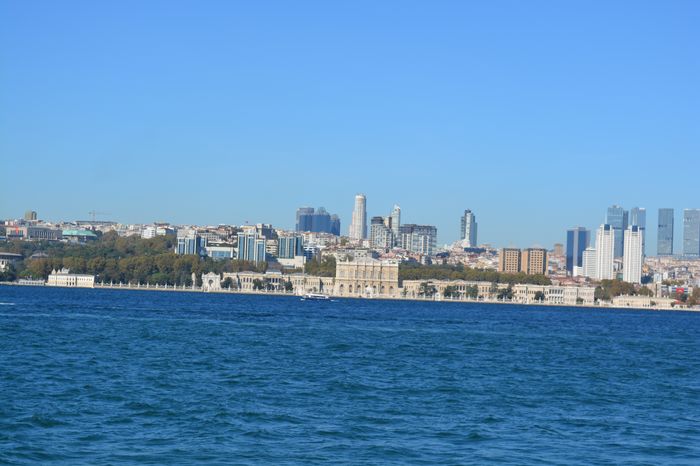The Third Military Gate is located a short distance north of the Gate of the Pege. It stands between the fourth and fifth towers in the Theodosian Walls. Behind this entrance was a district of Constantinople called the Triton (meaning “third”), but it was more commonly known as the Sigma.
The name Sigma likely comes from the curved shape of the wall in this area, which resembles the Greek letter “Σ” (Sigma). The exact reason for this curve is unknown Identifying the Gate of St. Romanus.
The Purpose of the Wall’s Curve
One explanation suggests that the curve was created to make room for imperial guards and court members when emperors visited the Holy Spring (Pege). However, this theory is unlikely. The Theodosian Walls were built before the Holy Spring became an important religious site. Also, imperial visits to the Pege were not so frequent or important that the wall design would be adjusted for them.
The Sigma District and Its History
In the Sigma quarter, there once stood a column with a statue of Emperor Theodosius II, which was erected by his powerful advisor, Chrysaphius. This district also witnessed a tragic historical event in 1042. During a riot, Emperor Michael V Kalaphates and his uncle Constantine were dragged from the Monastery of Stoudios, where they had sought protection, and were blinded in this area—a common form of political punishment in Byzantine times.
Religious Buildings in the Area
Several churches were located in the Sigma district. The most notable were:
A church dedicated to the Theotokos (Mother of God), A church of St. Stephen, A church of St. Isaacius
According to Dr. Paspates, the location of the Church of the Theotokos might be identified by the remains of an old Byzantine cistern near the road leading from the Alti Mermer Guard House to the Yol Geçen Mosque Sofia Daily Tours.
The Next Gate: Porta Rhegiou (Yeni Mevlevihane Kapısı)
The next public gate, located between the tenth and eleventh towers north of the Third Military Gate, is today called Yeni Mevlevihane Kapısı. In Byzantine times, it was known by two different names:
Porta Rhegiou (Πόρτα Ρηγίου) – Gate of Rhegium
Porta Rhousiou (Πόρτα Ῥουσίου) – Gate of the Red Faction
Why It Was Called the Gate of Rhegium
The name Porta Rhegiou refers to Rhegium, a town on the Sea of Marmara, about 12 miles west of Constantinople. This gate stood at the start of the main road leading to Rhegium, now known as Küçükçekmece.
We know this was the Gate of Rhegium because an inscription honoring Theodosius II and the Prefect Constantine, mentioned in the Greek Anthology, is still found carved above this gate’s entrance.
The Third Military Gate and the neighboring Sigma quarter played an important role in the history and layout of Byzantine Constantinople. Together with the Porta Rhegiou, these gates helped connect the city with important religious, political, and regional destinations. Their stories reveal how city planning, imperial traditions, and local geography were deeply linked in the Byzantine world.
